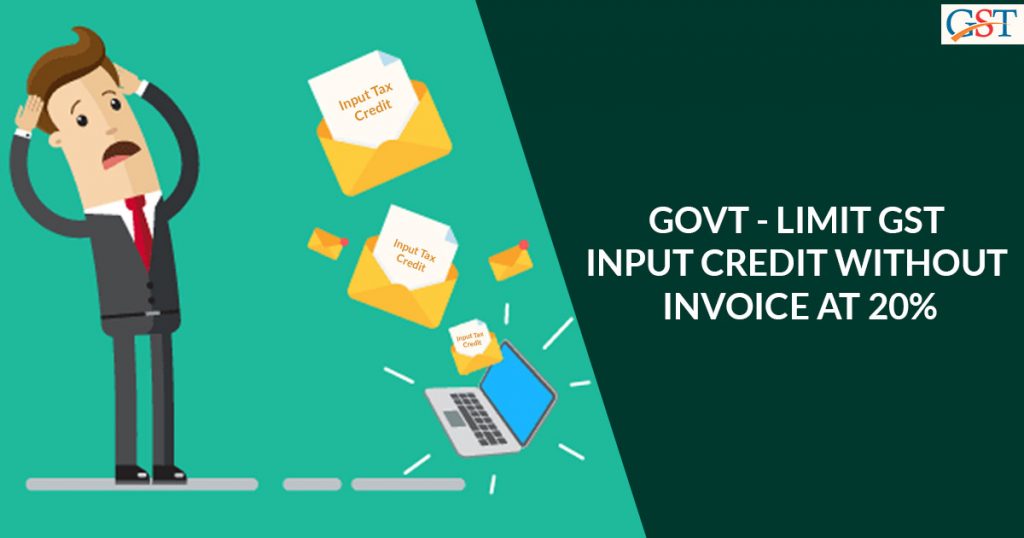
Initiating every possible move to prevent revenue leakages the government’s current strategy is to restrict the flow of input tax credit under goods and service tax laws. As per the newly amended clause, only 20% of the eligible credit amount will be extended to the entities if the suppliers have not uploaded the relevant invoice mentioning the payment details.
Until now the input tax credit was claimed by the taxpayer under self-assessment and there was no such restriction on it. As per the current legislation, ITC claimed by the assessee with respect to invoices or debit notes the information of which is not mentioned by the supplier, shall not exceed 20% of the eligible ITC claimed by the entity. The law is valid under sub-section (1) of section 37.
This amended law is expected to affect the cash flow of the companies as it will be a burden on them until the full ITC is claimed.
Suppliers are required to accumulate the details of all the invoices and debit notes in a prescribed format and present it in Form GSTR-1, which is the return for outward supplies. The new rule was effective from 9 October 2019. Prior to the implementation of the law, credit could easily be claimed based on just the invoice copy and by complying with the parameters laid under section 16 of the CGST Act.
Now frequent basis matching of ITC with the data available in Form GSTR-2A will become necessary for taxpayers before claiming credit in monthly GST return. The law was proposed along with the implementation of the new GST system but the current situation is demanding immediate implementation of the law in order to completely curb the fraudulent credit claims.
The new law would prove to be a big change as it would call for monthly reconciliations and timely follow up with the vendors. Also, the restriction would result in negative cash flow, said Harpreet Singh, a partner at KPMG India.
Below is the Official Notification of Latest Changes in CGST Rules